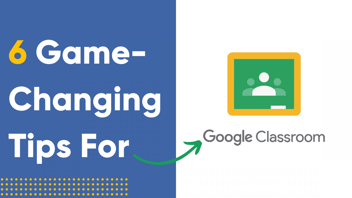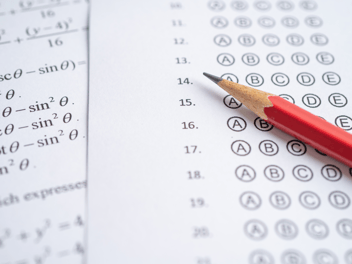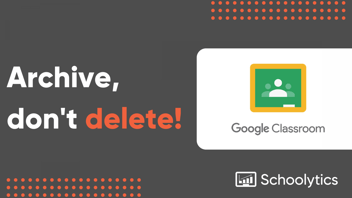

Published: November 03, 2022
Classroom analytics can be interesting in their own right, but administrators and teachers need actionable insights from that data to help students reach their full potential.
Specifically, teachers and administrators typically look for data and tools to help them understand:
- Learning inputs and outcomes for an individual student
- Learning inputs and outcomes for a classroom (or group of students)
- Learning inputs and outcomes for a whole school or district
There are many sources of data that an educator can draw on to dive deeply into each of these topics. Here are some of the most common ones.
| Data Type | Most Common Source | Examples | Cadence |
| Student-level data and demographics | Student information system | PowerSchool, Aeries, Infinite Campus, Skyward | 1-3 times per year |
| Attendance | Student information system | PowerSchool, Aeries, Infinite Campus, Skyward | Daily |
| Assignment and course grades | Student information system | PowerSchool, Aeries, Infinite Campus, Skyward | 1-3 times per year |
| Assignment grades | Learning management system | Google Classroom, Schoology, Canvas | 1-3 times per year |
| Behavior and SEL | Student information system | PowerSchool, Aeries, Infinite Campus, Skyward | Daily |
| Behavior and SEL | Surveys | Panorama, Google Forms | 1-3 times per year |
| Assignments and homework progress | Learning management system | Google Classroom, Schoology, Canvas | Daily |
| Practice sets and student work | Content platform | Khan Academy, IXL, MathXL, Achieve3000, Desmos | 1-3 times per year |
| Formative and interim assessments | Assessment platform | Google Forms, Illuminate, NWEA MAP, iReady, IXL, GoFormative | 1-3 times per year |
| Summative assessments | Assessment platform | State testing | 1 time per year |
Each of these data sources has value for teachers, administrators, and parents. But none of them on their own is sufficient to understand the whole child; and indeed, none is sufficient to understand a whole classroom or school either. It’s important to try to combine as many of these data points as possible to develop action plans that support students and teachers.
That is easier said than done. These various data sources are difficult enough to make sense of as stand-alone datasets. But to combine them and then do more advanced analytics on top of is truly a Herculean task for even the most eager data scientist/engineer.
On the tools and software side, there aren’t very many good classroom or learning analytics options in the market for educators. Schools and districts are often frustrated by companies that claim to pull data together but in reality have rigid limitations and extended timelines for doing so. And while many edtech products offer some dashboards on usage or learning, those analytics are nearly always designed to focus on one student’s performance within a single product. Therefore, it’s very hard for teachers and school/district staff to determine how a whole class is doing, or a subgroup of students.
Schoolytics was built to not only gather data from any and all sources and put it together into a coherent picture, with built-in data visualizations and reporting so that educators can focus on the insights and bypass data headaches entirely.
Related Articles


Empowering Accurate Grade Insights with Schoolytics
Grading inconsistencies pose significant challenges in K-12 education, especially when grades vary...

